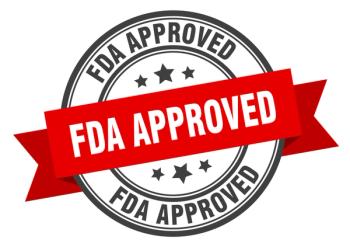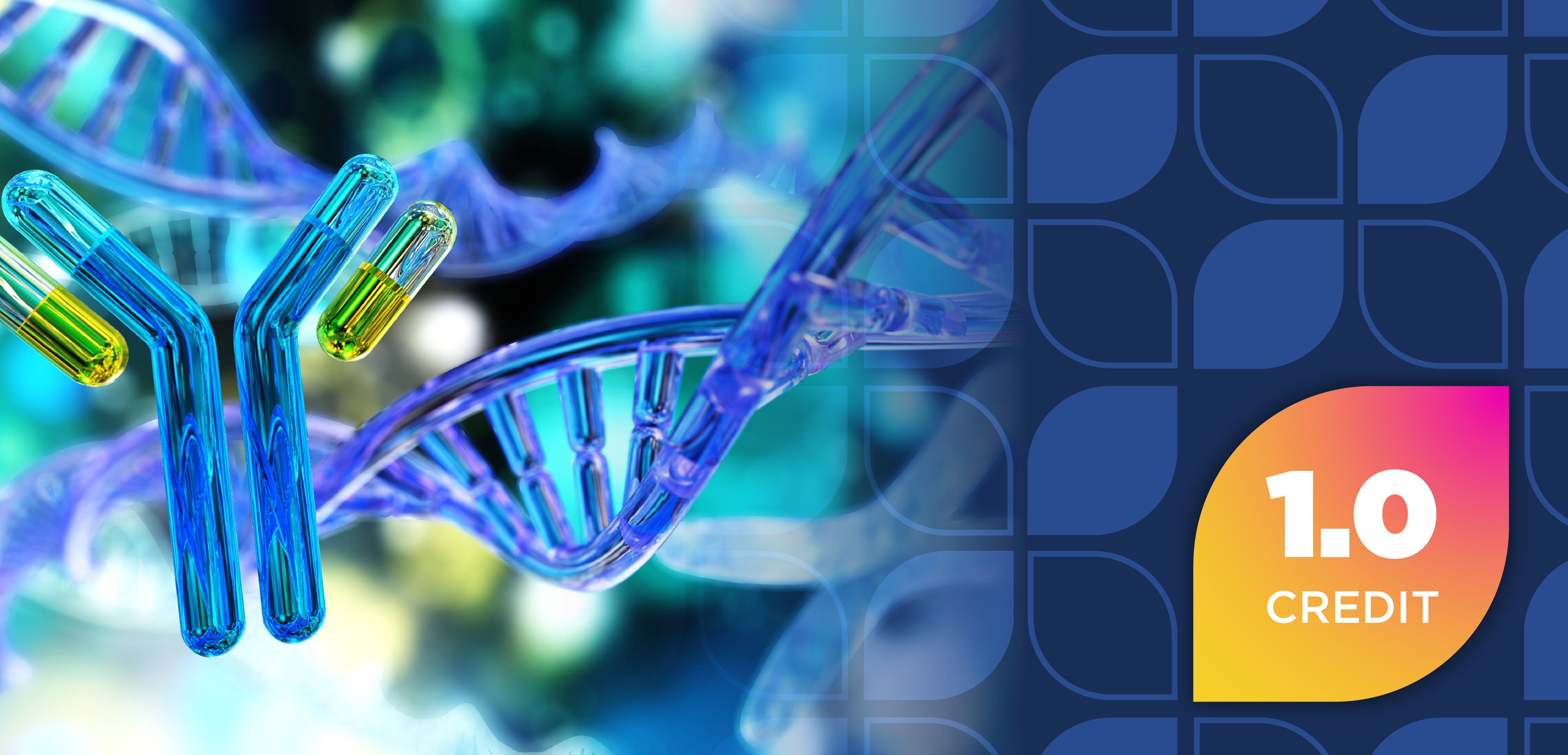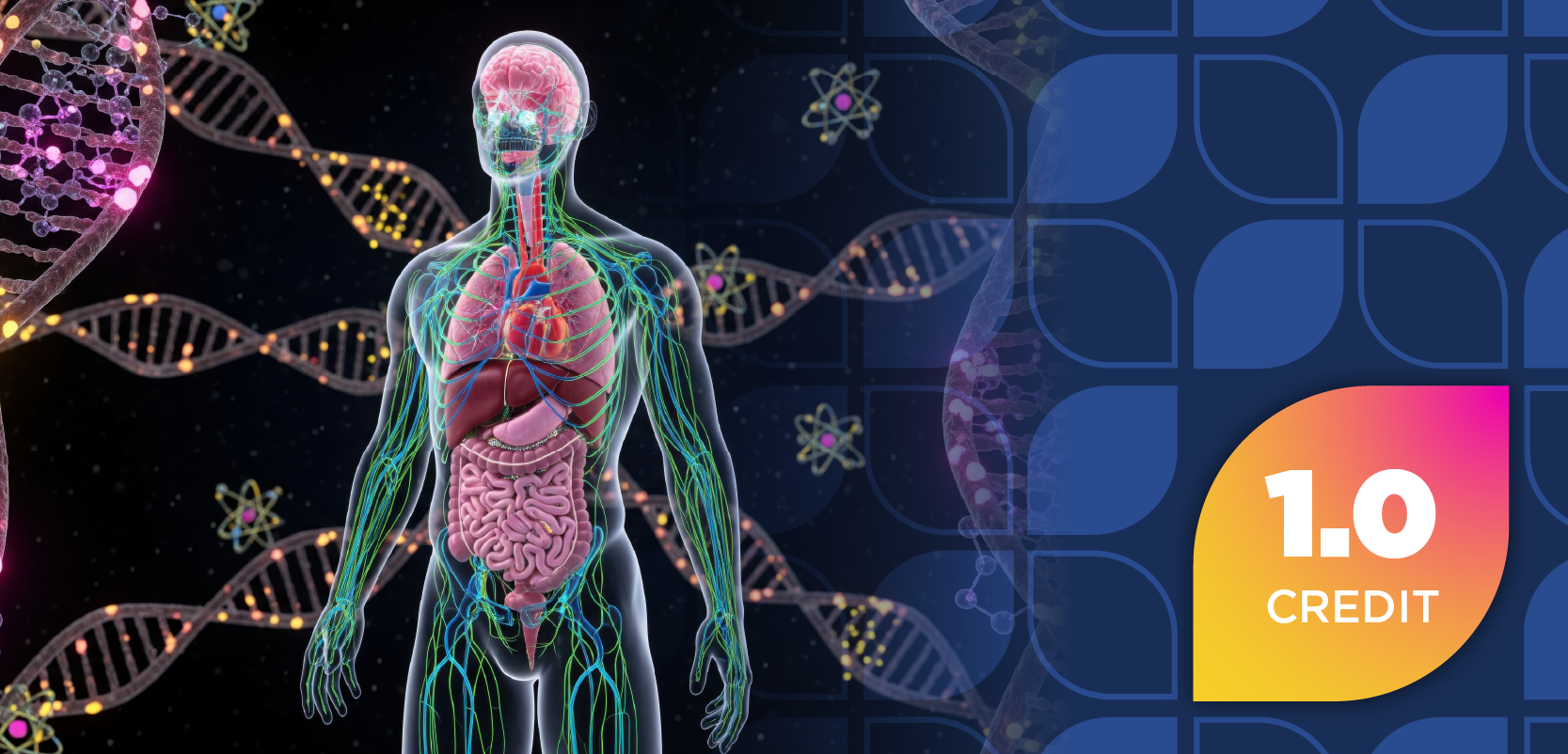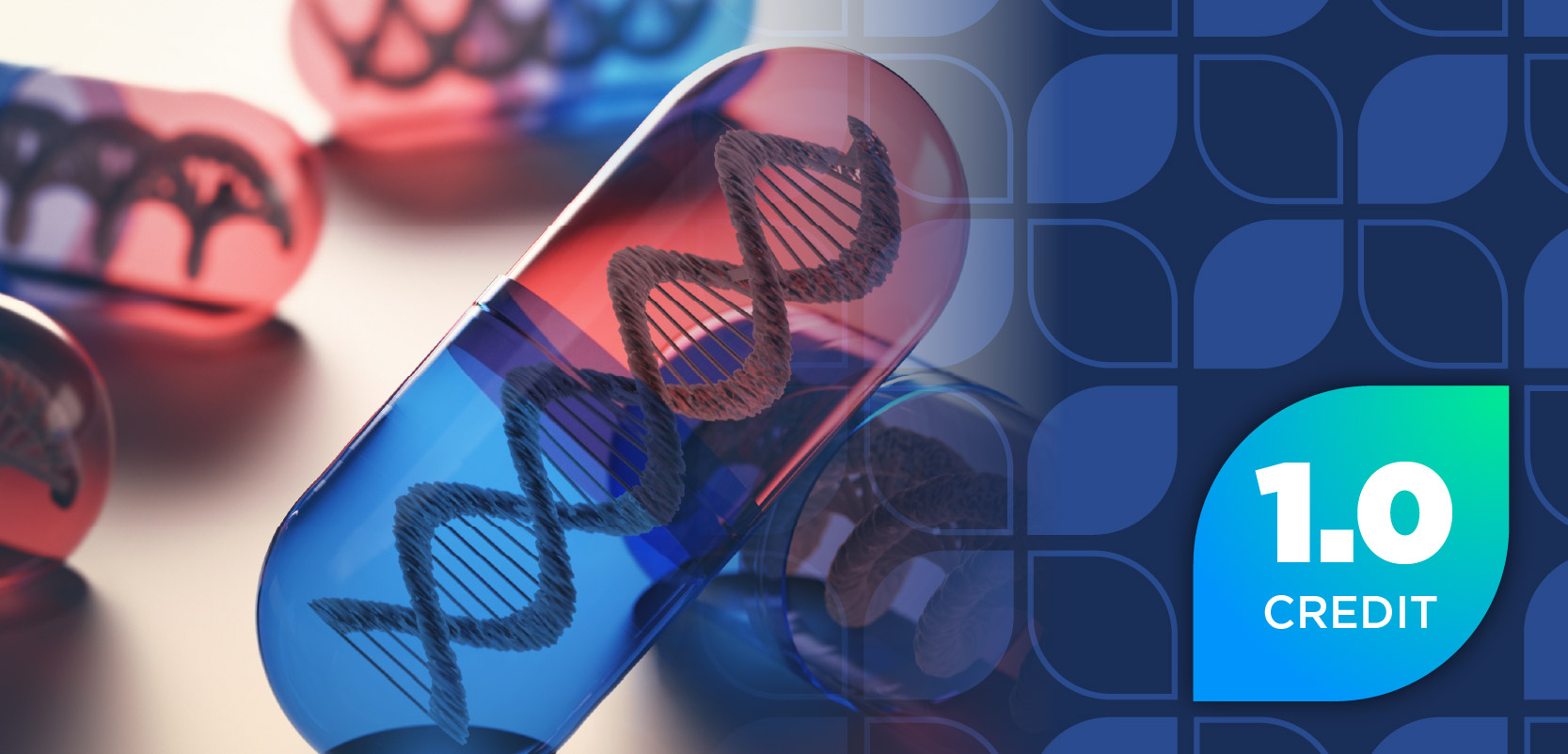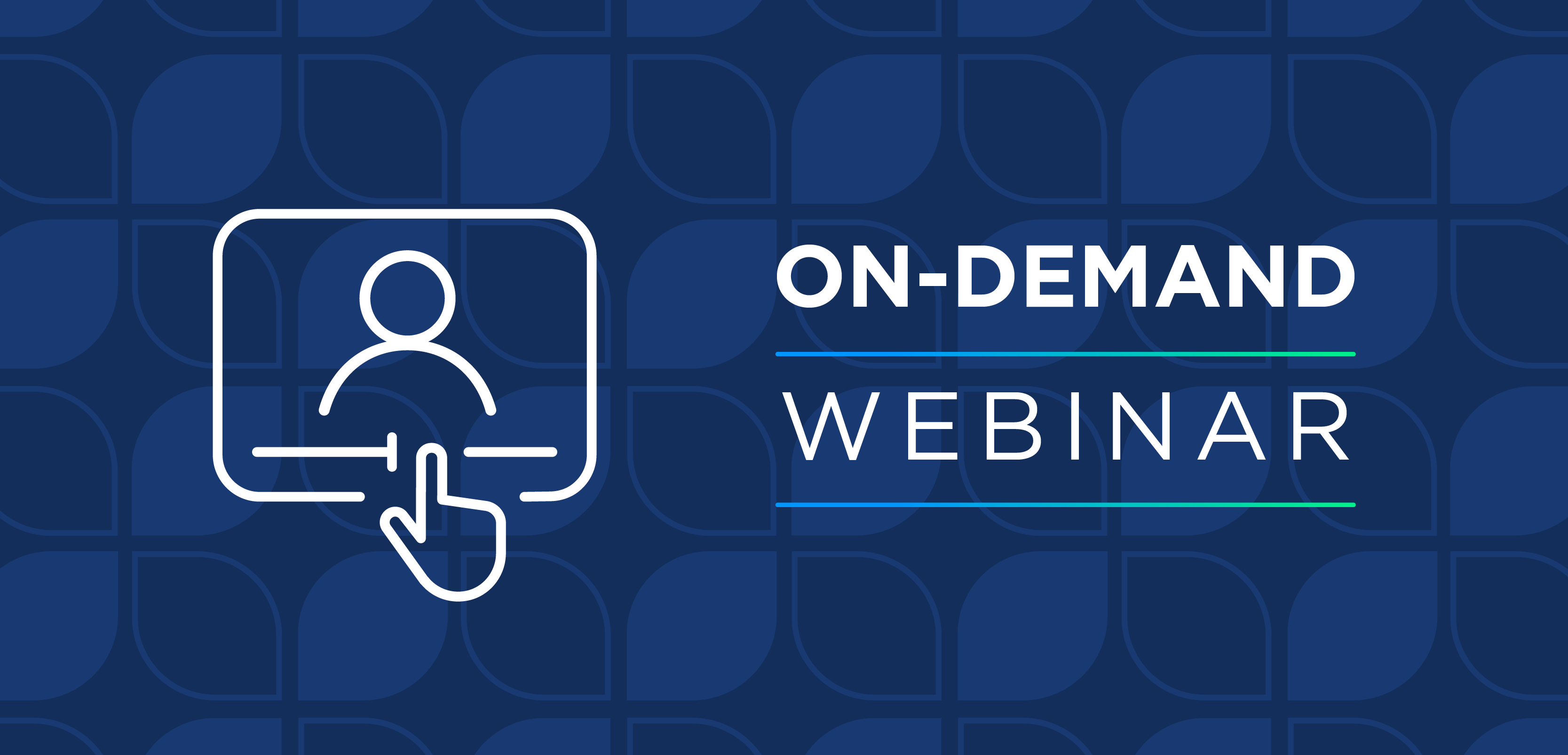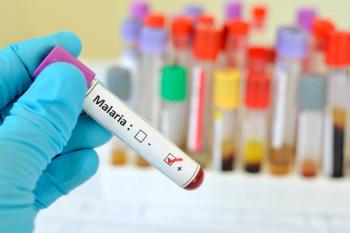
GLP-1 Drugs Show Promise in Lowering Health Care Costs, Report Says
Key Takeaways
- GLP-1 receptor agonists reduce medical costs, with patients seeing lower inpatient and total medical expenses.
- High discontinuation rates due to side effects and costs challenge the cost-benefit equation for GLP-1 therapies.
Adherence to GLP-1 receptor agonists showed a 59% drop in inpatient hospital costs.
The growing use of glucagon-like peptide-1 (GLP-1) receptor agonists—such as semaglutide (Ozempic, Wegovy; Novo Nordisk) and tirzepatide (Mounjaro; Eli Lilly and Co.)—is contributing to lower overall medical costs among patients who remain on the medications. A report found that patients who stayed on GLP-1 therapies for at least a year saw significant reductions in medical expenses. Supporting data from Accolade and the Midwest Business Group on Health indicated that these patients had 59% lower inpatient hospital costs and a 17% drop in total medical expenses compared to nonusers.1
“We’ve never seen anything like this, really,” said Greg Case, chief executive officer of Aon, an employer benefits services firm. “There was a 44% reduction in major cardiovascular issues. There was a substantial reduction in osteoporosis. There was a substantial reduction in pneumonia of multiple types.”1
The financial impact of GLP-1s is reshaping drug spending trends. According to Evernorth, a Cigna Group subsidiary, traditional drug spending outpaced specialty drug spending for the first time in nearly a decade in 2024. This shift is largely attributed to increased GLP-1 use for both diabetes and weight management. In fact, Evernorth’s Pharmacy in Focus 2025 report found that GLP-1s contributed 46.8% to the growth in traditional drug spending last year, with a projected 73.1% increase in utilization by the end of 2025.1,2
Despite the potential for long-term savings, more than half of patients discontinue GLP-1 therapy within a year, citing side effects, affordability, or a perceived lack of benefit. These medications are expensive and can cost patients upwards of $1000. These drop-off rates complicate the cost-benefit equation for payers and raise questions about whether GLP-1s are being prescribed and managed optimally. This is where pharmacists are playing an increasingly critical role.1,2
“We’re seeing a shift from simply dispensing to actively managing GLP-1 therapy,” said Susan Maddux, president of Evernorth’s Accredo specialty pharmacy. “Pharmacists are involved in identifying appropriate candidates, counseling patients on side effects, and supporting continued use through proactive follow-up and education.”2
As GLP-1 therapies become more central to managing obesity, diabetes, and cardiovascular risk, their long-term success may depend on the infrastructure around them. Pharmacists are positioned to be at the heart of that effort, balancing clinical insight with practical, cost-conscious care coordination.
Programs like Evernorth’s EnReachRx model are expanding pharmacist-led clinical support services for GLP-1 users. This includes outreach to educate patients, identify those at risk of dropping off therapy, and coordinate care with prescribers to address tolerability issues. Pharmacists are also helping to navigate prior authorization requirements and supporting plan sponsors with population-level reporting and interventions.2
GLP-1s continue to reshape how chronic conditions are managed, and the pharmacist’s role is expanding beyond the counter. Whether through direct patient engagement or data-driven clinical models, pharmacists are increasingly being relied upon to ensure that GLP-1 use is safe, effective, and financially sustainable for patients and the health care system.
REFERENCES
1. GLP-1s can help employers lower medical costs in 2 years, new study finds. CNBC. April 30, 2025. Accessed May 7, 2025. https://www.cnbc.com/2025/04/30/glp-1s-employers-lower-medical-costs-study.html
2. 2025 Pharmacy in Focus report. Evernorth Health Services. Accessed May 7, 2025. https://www.evernorth.com/pharmacy-in-focus-2025
Newsletter
Stay informed on drug updates, treatment guidelines, and pharmacy practice trends—subscribe to Pharmacy Times for weekly clinical insights.




